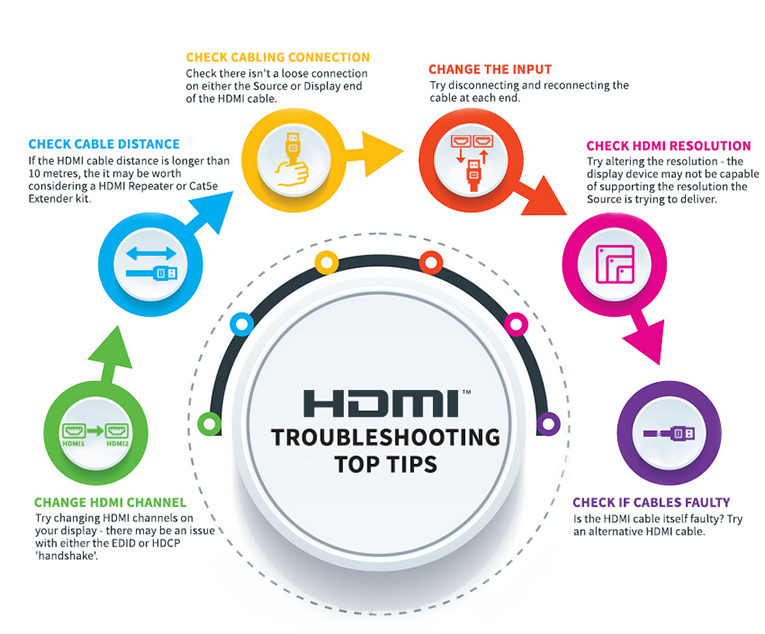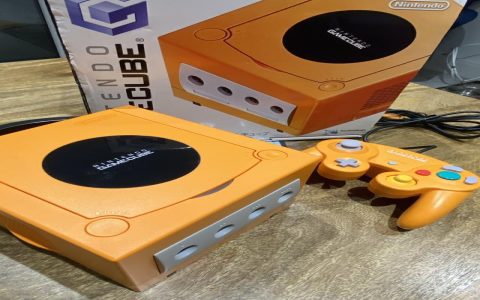HDMI cables, despite their robust design, can fail due to several common factors. Understanding these causes helps diagnose and often resolve issues quickly.
Top Causes of HDMI Cable Failure
- Physical Damage: Excessive bending, kinking, crushing (e.g., under furniture), or forceful tugging can sever internal wires or damage connectors.
- Worn/Broken Connectors: Gold plating on connectors wears thin over repeated insertion/removal, leading to poor contact. The plastic housing or tiny pins inside can snap or become misaligned.
- Internal Wire Breakage: Strain at the connector ends or constant flexing can cause microscopic wires inside the cable shield to fatigue and break. This is often intermittent.
- Environmental Stress: Exposure to heat (especially near electronics like AV receivers), humidity, or contaminants (dust, liquids) can degrade materials or corrode contacts over time.
- Low-Quality Construction: Cables using substandard materials, thin conductors, or insufficient shielding are inherently less durable and prone to early failure.
- Excessive Cable Length: While rarely the primary cause of "failure," very long runs (over 15-20 feet without active support) can exacerbate signal degradation issues.
Quick Fixes to Try
Before replacing the cable, attempt these diagnostics and solutions:
- Inspect Visually: Carefully examine the entire length for kinks or crushing. Check both connectors for bent/missing pins, cracks, or excessive wear.
- Clean Connections: Power off devices. Gently use compressed air to blow out dust from device ports. Use isopropyl alcohol on a cotton swab to clean connector contacts (ensure dry before plugging in).
- Reseat Firmly: Unplug both ends of the cable. Firmly and squarely reinsert them into source and display ports, ensuring a secure click fit where possible.
- Test a Different Port: Plug the source device into an alternative HDMI input on the display/TV.
- Swap Cable Temporarily: Use a known-good HDMI cable between the same devices to isolate if the problem is the cable or the equipment.
- Minimize Strain: Avoid sharp bends. Ensure cables aren't tightly stretched or pinched.
If these steps fail, the cable is likely damaged internally and needs replacement. Invest in well-constructed cables from reputable brands for longevity.













